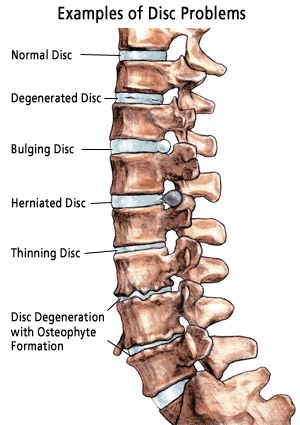1. Posterior hip mobilization
On all fours, position a stretching band around one quad, then place that foot in front of the opposite knee. Oscillate your hip against the band’s pull. GOOD FOR: Loosening up a stiff hip capsule or making you more efficient on a bike, in a kayak, or whenever you are in hip flexion.
On all fours, position a stretching band around one quad, then place that foot in front of the opposite knee. Oscillate your hip against the band’s pull. GOOD FOR: Loosening up a stiff hip capsule or making you more efficient on a bike, in a kayak, or whenever you are in hip flexion.
2. Shoulder extension, external rotation
Place your hand through a stretching band and rotate your palm up. Grip the band and lean back, stretching your arm above your head and engaging the lat muscle. GOOD FOR: Opening up shoulder joints, which are particularly tight among swimmers and climbers.
Place your hand through a stretching band and rotate your palm up. Grip the band and lean back, stretching your arm above your head and engaging the lat muscle. GOOD FOR: Opening up shoulder joints, which are particularly tight among swimmers and climbers.
3. Anterior hip mobilization
Place the stretching band around one quad’s hip crease and stretch that leg back, placing the knee on the ground and slowly rotating the hip forward. GOOD FOR: Loosening up tight hip flexors, common among runners, cyclists, and rowers.
Place the stretching band around one quad’s hip crease and stretch that leg back, placing the knee on the ground and slowly rotating the hip forward. GOOD FOR: Loosening up tight hip flexors, common among runners, cyclists, and rowers.
4. Ankle dorsiflexion
Standing up, place stretching band just above the ankle and step forward with that leg. Move knee forward and oscillate outward. Repeat facing the other direction. GOOD FOR: Ankle flexibility, which helps save runners tremendous energy.
Standing up, place stretching band just above the ankle and step forward with that leg. Move knee forward and oscillate outward. Repeat facing the other direction. GOOD FOR: Ankle flexibility, which helps save runners tremendous energy.
5. 10-minute deep-squat test
Stand with your feet shoulder width apart and lower your hips to your ankles, making sure to keep your feet flat on the ground. Remain in that position for 10 minutes, moving slightly to stimulate circulation. GOOD FOR: Increasing mobility in the ankles, knees, and hips.
Stand with your feet shoulder width apart and lower your hips to your ankles, making sure to keep your feet flat on the ground. Remain in that position for 10 minutes, moving slightly to stimulate circulation. GOOD FOR: Increasing mobility in the ankles, knees, and hips.
6. Couch stretch
Start on all fours with your feet against the wall. Raise one leg so the shin and foot lie flat against the wall, then step the other leg forward, foot beneath you. Engage glutes, quads, and hip flexors by arching and relaxing your back. GOOD FOR: Opening up the entire anterior muscle chain, allowing you to fully extend your hips, knees, and ankles.
Start on all fours with your feet against the wall. Raise one leg so the shin and foot lie flat against the wall, then step the other leg forward, foot beneath you. Engage glutes, quads, and hip flexors by arching and relaxing your back. GOOD FOR: Opening up the entire anterior muscle chain, allowing you to fully extend your hips, knees, and ankles.
by: Kelly Starett (MWOD!)





